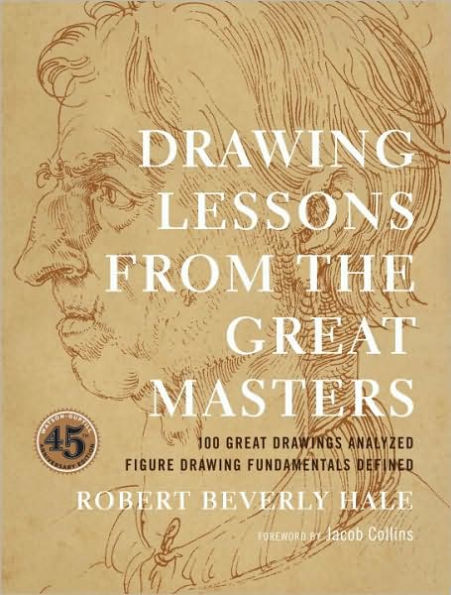5
1

Drawing Lessons from the Great Masters: 45th Anniversary Edition
272
Drawing Lessons from the Great Masters: 45th Anniversary Edition
272Paperback(Original)
$25.99
25.99
In Stock

Product Details
| ISBN-13: | 9780823014019 |
|---|---|
| Publisher: | Clarkson Potter/Ten Speed |
| Publication date: | 08/01/1989 |
| Edition description: | Original |
| Pages: | 272 |
| Sales rank: | 83,232 |
| Product dimensions: | 8.25(w) x 10.88(h) x 0.66(d) |
About the Author
From the B&N Reads Blog
